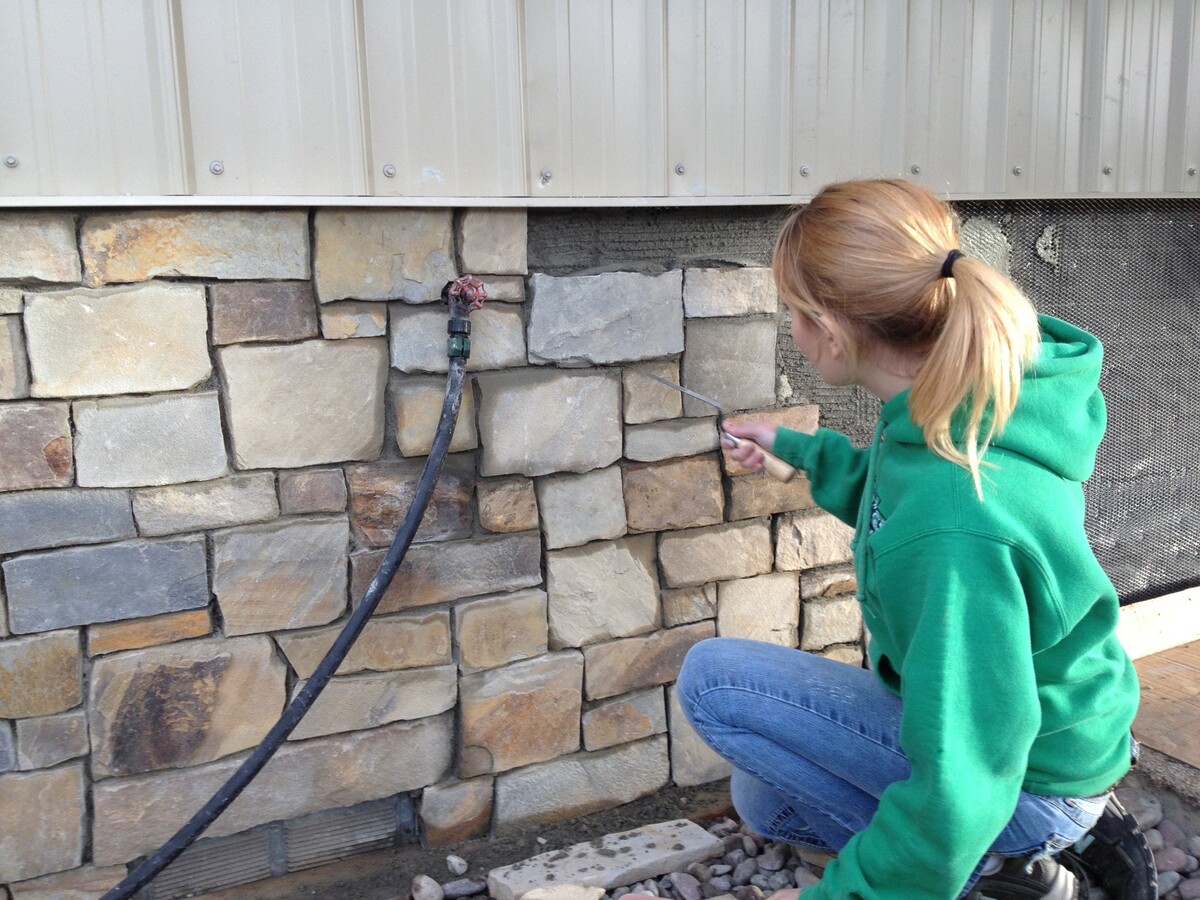

Articles
How To Install Stone Veneer Siding
Modified: April 23, 2024
Discover the step-by-step process of installing stone veneer siding with our informative articles. Achieve a stunning and durable exterior for your home.
(Many of the links in this article redirect to a specific reviewed product. Your purchase of these products through affiliate links helps to generate commission for Storables.com, at no extra cost. Learn more)
Introduction
Welcome to our comprehensive guide on how to install stone veneer siding. Stone veneer siding is a popular choice for homeowners seeking to enhance the aesthetic appeal and durability of their exteriors. With its natural beauty and timeless charm, stone veneer siding can transform any home into a stunning masterpiece.
However, the installation process may seem daunting to those who have never worked with stone veneer before. Fear not! In this guide, we will walk you through the step-by-step process of installing stone veneer siding, from preparing the surface to the final finishing touches.
Before we dive into the details, it is essential to gather the necessary tools and materials. By having everything ready, you can streamline the installation process and ensure a smoother workflow.
Tools and Materials Needed:
- Masonry Saw or Stone Cutter
- Tape Measure
- Metal Snips
- Trowels: Pointing Trowel and Finishing Trowel
- Masonry Hammer
- Wire Brush
- Notched Trowel
- Mortar Mixing Tub
- Mortar Jointer
- Level
- Circular Saw with a Diamond Blade
- Corner Pieces (if desired)
- Stone Veneer
- Type S Mortar
- Weather-resistant Barrier
- Latex or Silicone Caulk
- Polyurethane Adhesive
With all the necessary tools and materials at hand, let’s begin the process of installing stone veneer siding.
Key Takeaways:
- Installing stone veneer siding requires meticulous preparation, precise mortar application, and careful stone placement. Following each step diligently ensures a professional and visually appealing outcome for your home’s exterior.
- The finishing touches, such as sealing, caulking, and inspecting, are crucial for enhancing the durability and aesthetics of the stone veneer siding. Attention to detail and regular maintenance will ensure long-lasting beauty and value for your property.
Read more: What Is Stone Veneer Siding
Tools and Materials Needed
Before you begin the installation process, it is crucial to have all the necessary tools and materials ready. By ensuring you have everything you need, you can complete the project smoothly and efficiently. Here are the tools and materials you will need for installing stone veneer siding:
- Masonry Saw or Stone Cutter: You will need a masonry saw or stone cutter to cut the stone veneer to the desired size and shape. This tool will help you achieve precise cuts for a clean and professional-looking installation.
- Tape Measure: Accurate measurements are crucial when installing stone veneer siding. A tape measure will help you determine the dimensions of the area and ensure that the stones fit perfectly.
- Metal Snips: Metal snips are essential for cutting metal lath, which is used as a backing for the stone veneer. They allow you to make precise cuts and ensure a proper fit.
- Trowels: You will need two types of trowels for the installation process. A pointing trowel is used for applying mortar to the stone veneer, while a finishing trowel is used for smoothing and shaping the mortar joints.
- Masonry Hammer: A masonry hammer is necessary for breaking up any existing masonry surfaces or removing old mortar. It helps prepare the surface for the installation of the stone veneer.
- Wire Brush: A wire brush is used to clean and prepare the surface of the wall before applying the stone veneer. It removes any loose debris, dirt, or old paint, ensuring proper adhesion.
- Notched Trowel: A notched trowel is specifically designed for applying mortar to the back of the stone veneer. The notches create ridges, which help improve the adhesion of the stone veneer to the surface.
- Mortar Mixing Tub: This tub is used for mixing the mortar. It provides a convenient and organized space for combining the mortar mix with water to achieve the right consistency.
- Mortar Jointer: A mortar jointer is a handheld tool used to shape and finish the mortar joints between the stone veneer. It helps create a uniform and professional appearance.
- Level: A level is essential for ensuring that the stone veneer is installed straight and level. It helps you avoid any uneven surfaces or crooked lines.
- Circular Saw with a Diamond Blade: If you need to trim the stone veneer to fit specific areas, a circular saw with a diamond blade will come in handy. It allows you to make precise cuts quickly and efficiently.
- Corner Pieces (if desired): Corner pieces are used to provide a seamless transition between the vertical and horizontal surfaces of the stone veneer. They add a polished and professional look to the installation.
- Stone Veneer: Of course, you will need the stone veneer itself. Choose the style, color, and shape that best suits your preferences and complements the overall aesthetic of your home.
- Type S Mortar: Type S mortar is specifically designed for masonry applications. It provides strong adhesion and durability, making it ideal for installing stone veneer siding.
- Weather-resistant Barrier: Before installing the stone veneer siding, it is essential to apply a weather-resistant barrier to the surface. This will prevent moisture from penetrating the wall and causing damage.
- Latex or Silicone Caulk: Caulk is used to seal any gaps or joints between the stone veneer and other surfaces, such as windows or doors. It helps create a watertight seal and enhances the overall appearance.
- Polyurethane Adhesive: Polyurethane adhesive is used to attach the stone veneer to the surface. It provides strong bonding properties, ensuring a secure and long-lasting installation.
With all the necessary tools and materials ready, you are now prepared to begin the installation process. In the next section, we will cover how to properly prepare the surface before applying the stone veneer siding.
Preparing the Surface
Before you start applying the stone veneer siding, it is crucial to properly prepare the surface to ensure a successful installation. Preparing the surface involves removing any existing siding, cleaning the wall, and applying a weather-resistant barrier. Here are the steps to follow:
- Remove Existing Siding: If there is any existing siding on the wall, it must be removed before installing the stone veneer. Use a pry bar or any appropriate tool to carefully remove the siding without causing damage to the underlying structure.
- Clean the Wall: Once the existing siding is removed, thoroughly clean the wall to ensure proper adhesion of the stone veneer. Use a wire brush to remove any loose debris, dirt, or old paint. Pay close attention to any cracks or holes and fill them with a suitable patching compound.
- Apply a Weather-Resistant Barrier: It is essential to apply a weather-resistant barrier to the surface to protect the wall from moisture. This barrier, such as a house wrap or building paper, acts as a shield and prevents water from seeping into the wall. Follow the manufacturer’s instructions to apply the barrier correctly.
- Check for Level and Plumb: Use a level and plumb line to ensure that the wall is straight and level. Adjust and make any necessary corrections before proceeding with the installation.
Preparing the surface is a critical step in the installation process. It sets the foundation for a successful and long-lasting installation of the stone veneer siding. By following these steps, you can ensure that the surface is clean, stable, and ready for the next phase of the installation.
Next, we will discuss the importance of applying a water sealing agent before installing the stone veneer siding. This step is crucial to protect the wall and ensure the longevity of the stone veneer.
Applying Water Sealing
Before installing the stone veneer siding, it is important to apply a water sealing agent to protect the wall from moisture damage. Water sealing not only helps in preventing water penetration but also enhances the longevity of the stone veneer. Here are the steps to follow for applying water sealing:
- Clean the Surface: Ensure that the surface is clean and free from debris and dust. Use a brush or a damp cloth to remove any dirt or loose particles.
- Choose the Right Water Sealing Product: There are various water sealing products available on the market. Select a high-quality water sealing agent that is suitable for your specific stone veneer and wall type. Consult with a professional or the manufacturer’s guidelines to determine the best option.
- Apply the Water Sealing Agent: Follow the instructions provided with the water sealing product. Typically, you will use a paintbrush or a roller to evenly apply the water sealing agent onto the surface. Ensure that you cover the entire area that will be in contact with the stone veneer.
- Allow for Drying Time: Give sufficient time for the water sealing agent to dry completely before proceeding with the installation of the stone veneer. Follow the manufacturer’s instructions for the recommended drying time. This step is crucial to ensure that the sealing agent forms a protective barrier against moisture.
Applying a water sealing agent is an important step in the installation process as it helps safeguard the wall from moisture damage. By protecting the wall, you can prolong the lifespan of the stone veneer and prevent any potential issues that may arise from water infiltration.
With the surface cleaned and properly sealed, we are now ready to move on to the next step: mixing and applying mortar. This step is essential for securing the stone veneer to the wall and creating a strong bond. Stay tuned for the next section!
Mixing and Applying Mortar
Once the surface is prepared and water-sealed, the next step in installing stone veneer siding is mixing and applying mortar. Mortar acts as the adhesive that holds the stone veneer in place and provides stability. Follow these steps to mix and apply mortar correctly:
- Gather the Materials: Start by gathering the necessary materials, including a mortar mixing tub, a trowel, and the mortar itself. Use Type S mortar, which is specifically designed for masonry applications.
- Measure the Mortar: Follow the instructions on the mortar packaging to determine the correct water-to-mix ratio. Pour the specified amount of mortar mix into the mixing tub.
- Add Water: Gradually add water to the mortar mix while continuously mixing it with a trowel or mixing paddle. Aim for a consistency that is similar to peanut butter – not too dry and not too wet.
- Mix Thoroughly: Use a trowel or mixing paddle to combine the water and mortar mix thoroughly. Be sure to scrape the sides and bottom of the mixing tub to ensure a consistent mixture.
- Let the Mortar Rest: Allow the mortar to rest for about 10 minutes. This resting period, known as slaking, allows the ingredients in the mortar to hydrate properly and achieve optimal workability.
- Apply Mortar to the Stone Veneer: Using a pointing trowel, spread a layer of mortar on the back of each stone veneer piece. Ensure that the mortar covers the entire back surface of the stone, leaving no gaps or voids.
- Press the Stone Veneer: Press the stone veneer firmly onto the prepared surface, making sure it is aligned with the desired pattern or layout. Apply even pressure to ensure proper adhesion.
- Check for Level and Plumb: Use a level to ensure that the stone veneer is straight and level. Make any necessary adjustments immediately after placing each stone.
- Remove Excess Mortar: Use a finishing trowel to remove any excess mortar that may squeeze out from between the stones. Keep the joints clean and free from excess mortar to maintain a neat and professional appearance.
- Allow the Mortar to Dry: Allow the mortar to dry and cure according to the manufacturer’s instructions. This drying time ensures that the mortar develops its full strength and creates a solid bond between the stone veneer and the wall.
Properly mixing and applying mortar is vital for the successful installation of stone veneer siding. Take your time to ensure that the mortar is mixed correctly and that each stone veneer is securely bonded to the wall. In the next section, we will guide you through the process of installing the stone veneer siding itself.
When installing stone veneer siding, make sure to properly prepare the surface by cleaning and applying a moisture barrier to prevent water damage. This will ensure a long-lasting and durable installation.
Read more: How To Install Stacked Stone Veneer
Installing the Stone Veneer Siding
Now that the surface is prepared, and the mortar is mixed, it’s time to start installing the stone veneer siding. Follow these steps to ensure a successful and visually appealing installation:
- Apply a Layer of Mortar: Start by applying a thin layer of mortar, known as a scratch coat, to the prepared surface. Use a notched trowel to create ridges in the mortar. These ridges help improve the adhesion of the stone veneer.
- Back Butter the Stone Veneer: Apply a generous amount of mortar to the back of each stone veneer piece using a pointing trowel. Make sure to cover the entire back surface of the stone veneer to ensure a secure bond.
- Press the Stone Veneer onto the Wall: Press the stone veneer firmly onto the prepared surface, starting from the bottom and working your way up. Be sure to align the stone veneer with the desired pattern or layout.
- Use Spacers: Insert spacers between the stone veneer pieces to maintain consistent spacing and allow room for mortar joints.
- Check for Level and Plumb: Use a level to ensure that the stone veneer is straight and level. Adjust and make any necessary corrections immediately after placing each stone veneer piece.
- Continue Installing the Stone Veneer: Repeat steps 2-5 for each subsequent stone veneer piece until the entire area is covered. Remember to periodically check for level and plumb to maintain a professional and uniform appearance.
- Fill in Mortar Joints: Once the stone veneer is installed, fill in the mortar joints using a pointing trowel or mortar jointer. Ensure that the mortar joints are neatly filled and match the desired finish, such as concave or flush joints.
- Remove Excess Mortar: Use a brush or sponge to clean off any excess mortar from the surface of the stone veneer before it dries completely. This step helps maintain the overall cleanliness and aesthetics of the installation.
- Allow the Mortar to Dry and Cure: Give the mortar sufficient time to dry and cure according to the manufacturer’s instructions. This drying and curing process ensures that the mortar sets properly and creates a strong bond.
Installing the stone veneer siding requires attention to detail and careful placement. Take your time to ensure that each stone veneer piece is securely bonded to the wall and that the overall installation is level, plumb, and visually pleasing.
In the next section, we will cover how to cut and trim the stone veneer to fit specific areas or around obstacles for a seamless installation.
Cutting and Trimming the Stones
When installing stone veneer siding, you may encounter situations where you need to cut and trim the stones to fit specific areas or around obstacles. Follow these steps to accurately cut and trim the stones for a seamless installation:
- Measure and Mark: Measure the area where the stone needs to be cut or trimmed. Use a pencil or marker to mark the measurements directly on the stone veneer.
- Use a Masonry Saw or Stone Cutter: Depending on the thickness and type of stone veneer, use a masonry saw or stone cutter to make the necessary cuts. These tools are designed specifically for cutting through stone and will provide clean and precise results.
- Follow Safety Precautions: When operating a masonry saw or stone cutter, be sure to wear appropriate safety gear, including safety glasses and gloves, to protect yourself from flying debris.
- Make the Cuts: Align the marked lines on the stone veneer with the saw blade or cutting wheel. Slowly and steadily guide the stone veneer through the saw or cutter, applying even pressure. Take your time to ensure accuracy and avoid rushing the process.
- Test Fit: After making the cuts, test fit the stone veneer piece in the designated area. Ensure that it fits properly and aligns with the surrounding stones. Make any necessary adjustments or additional cuts if needed.
- Trimming for Obstacles: If you need to trim the stone veneer to fit around obstacles like windows, doors, or electrical boxes, measure the dimensions of the obstacle carefully and mark the stone veneer accordingly. Use a masonry saw or grinder to make precise cuts and create a clean and accurate fit.
- Smooth Edges: Use a file or a rubbing stone to smooth any rough edges or sharp corners on the cut or trimmed stone veneer. This step ensures a more polished and aesthetically pleasing appearance.
Cutting and trimming the stones requires precision and care to ensure a seamless installation. Take your time and double-check your measurements before making any cuts. By following these steps, you can achieve clean and accurate cuts that seamlessly integrate the cut stones with the rest of the stone veneer siding.
In the next section, we will discuss filling in the gaps between the stones to create a cohesive and visually appealing finish.
Filling in the Gaps
Once the stone veneer siding is installed, it is important to fill in the gaps between the stones to create a cohesive and visually appealing finish. Filling in the gaps helps to strengthen the overall structure and protect against moisture penetration. Follow these steps to fill in the gaps between the stones:
- Mix Mortar: Prepare a fresh batch of mortar by following the manufacturer’s instructions. Use a mortar mixing tub and a trowel to achieve the desired consistency.
- Load Mortar into a Mortar Bag: Transfer the mixed mortar into a mortar bag or a pastry bag fitted with a large round tip. The mortar bag allows for more precise application of the mortar into the gaps.
- Begin Filling the Gaps: Starting from the top of the stone veneer, squeeze the mortar into the gaps between the stones. Apply a sufficient amount of mortar to fill the gaps completely, ensuring that the mortar is slightly higher than the stone surface.
- Use a Mortar Jointer: Before the mortar begins to dry, use a mortar jointer to create a desired finish for the joints. The jointer allows you to shape the mortar joints to match the surrounding stones or achieve a specific design, such as concave or flush joints.
- Smooth the Joints: Use a finishing trowel or a moistened brush to smooth and shape the mortar joints further. This step helps create a clean and uniform appearance.
- Remove Excess Mortar: While the mortar is still slightly wet, use a brush or a sponge to remove any excess mortar that may have spread onto the stone surfaces. Be careful not to smudge or disturb the freshly applied mortar in the joints.
- Allow the Mortar to Dry and Cure: Give the mortar sufficient time to dry and cure according to the manufacturer’s instructions. Avoid touching or disturbing the mortar during this period to allow it to set properly.
Filling in the gaps between the stones is a crucial step in the stone veneer siding installation process. It not only strengthens the overall structure but also enhances the appearance of the finished project. Take your time and pay attention to detail when filling in the gaps to achieve a professional and seamless finish.
In the next section, we will cover the finishing touches that will complete the installation of your stone veneer siding.
Finishing Touches
With the stone veneer siding installed and the gaps filled, it’s time to add the finishing touches to complete the installation. These final steps will enhance the visual appeal and ensure a polished appearance. Follow these steps for the finishing touches:
- Inspect the Installation: Take a step back and inspect the entire installation to ensure that everything looks aligned, level, and visually pleasing. Make any final adjustments if necessary.
- Seal the Stone Veneer: Applying a sealant to the stone veneer can provide an added layer of protection against staining and moisture. Consult with a professional or refer to the manufacturer’s guidelines to select an appropriate sealant for your specific stone veneer type.
- Caulk Around Windows and Doors: Use a high-quality latex or silicone caulk to seal any gaps or joints between the stone veneer and windows, doors, or other areas where moisture or air may penetrate. This step ensures a watertight and energy-efficient installation.
- Apply a Protective Coating: Depending on the type of stone veneer used, you may consider applying a protective coating to enhance durability and longevity. Consult with the manufacturer or a professional for suitable coating options for your specific stone veneer.
- Inspect and Clean: Take the time to inspect the entire installation again, paying attention to any areas that may require additional cleaning or touch-ups. Use a brush or sponge to remove any remaining debris or mortar residue from the stone surfaces.
- Finalize Landscaping: If necessary, complete any landscaping or hardscaping tasks around the stone veneer siding. This includes adding decorative rocks, plants, or other landscaping elements to fully integrate your new stone veneer into the overall aesthetic of your property.
- Maintain Regular Care: After the installation is complete, it’s important to properly care for and maintain the stone veneer siding. Regularly clean the surface with a mild detergent and water, and avoid using harsh chemicals or abrasive materials that may damage the stone.
By following these finishing touches, you can further enhance the beauty and longevity of the stone veneer siding. These steps add the final professional touches that will make your installation truly stand out.
Congratulations! You have successfully completed the installation of your stone veneer siding. With its natural beauty and durability, the stone veneer siding will add charm and value to your home for years to come.
If you have any questions or encounter any issues with your stone veneer siding installation, it is always advisable to consult with professionals or seek guidance from the manufacturer. Enjoy your newly transformed home!
Read more: How To Install Stone Veneer Fireplace
Conclusion
Congratulations on completing the installation of your stone veneer siding! By following the steps outlined in this comprehensive guide, you have transformed the exterior of your home into a stunning masterpiece. Stone veneer siding adds elegance, charm, and durability, enhancing both the aesthetic appeal and value of your property.
Throughout this guide, we covered each stage of the installation process in detail, from preparing the surface and applying water sealing to mixing and applying mortar, installing the stone veneer siding, cutting and trimming the stones, filling in the gaps, and adding the final finishing touches. By following these steps carefully, you have achieved a professional and seamless installation.
Remember, safety is paramount when working with tools and materials. Always wear the appropriate safety gear, such as safety glasses and gloves, and follow the manufacturer’s instructions for each tool and product used in the process.
Proper maintenance is essential to ensure the longevity of your stone veneer siding. Regularly inspect and clean the surface, avoid using harsh chemicals or abrasive materials, and consider applying a protective sealant or coating to enhance its durability and protect against staining and moisture.
If you have any questions or encounter any issues during the installation process or with the maintenance of your stone veneer siding, it’s always best to consult with professionals or seek guidance from the manufacturer. They can provide expert advice and assistance tailored to your specific needs.
We hope that this guide has been informative and helpful, equipping you with the knowledge and confidence to install stone veneer siding successfully. Your dedication and craftsmanship have undoubtedly added beauty, value, and lasting appeal to your home.
Enjoy the countless benefits that your new stone veneer siding brings, and may it bring you many years of satisfaction and admiration!
Frequently Asked Questions about How To Install Stone Veneer Siding
Was this page helpful?
At Storables.com, we guarantee accurate and reliable information. Our content, validated by Expert Board Contributors, is crafted following stringent Editorial Policies. We're committed to providing you with well-researched, expert-backed insights for all your informational needs.
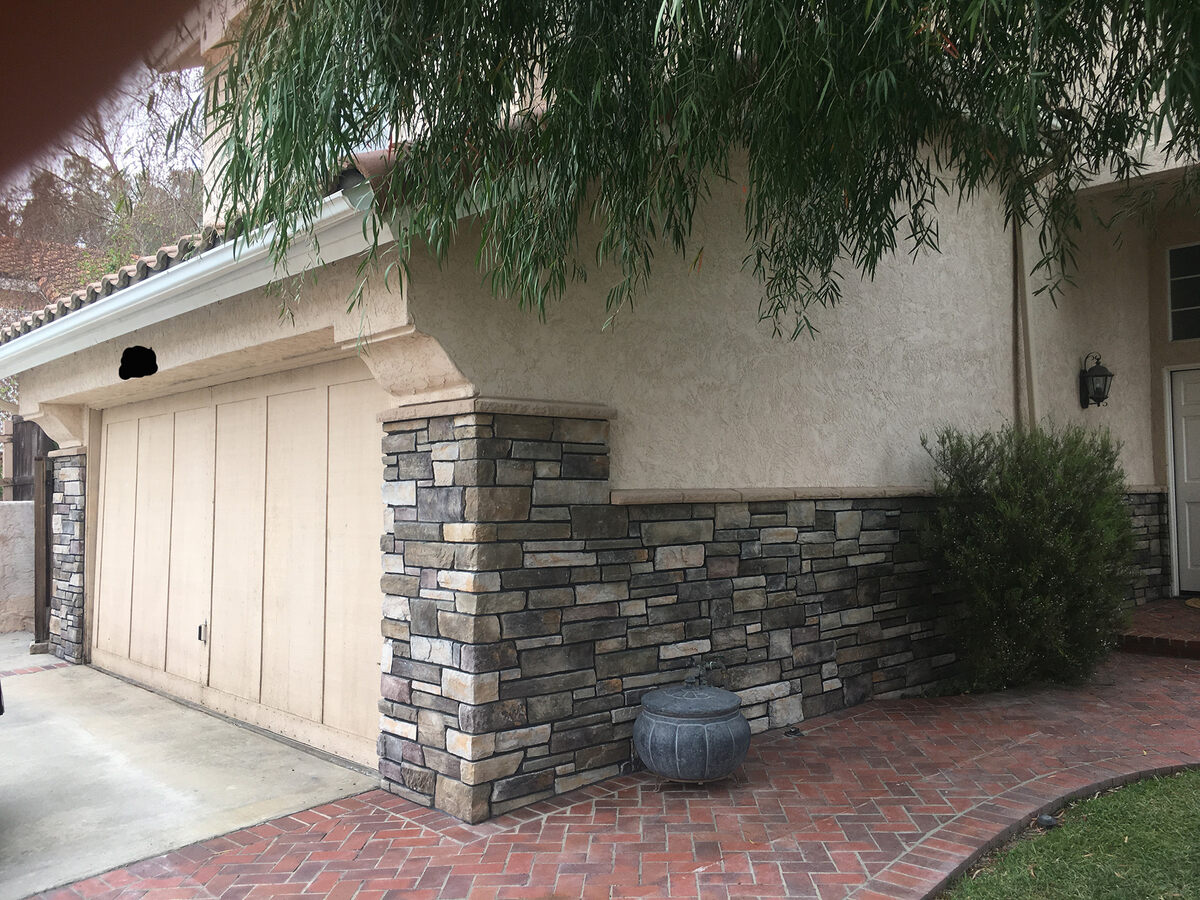
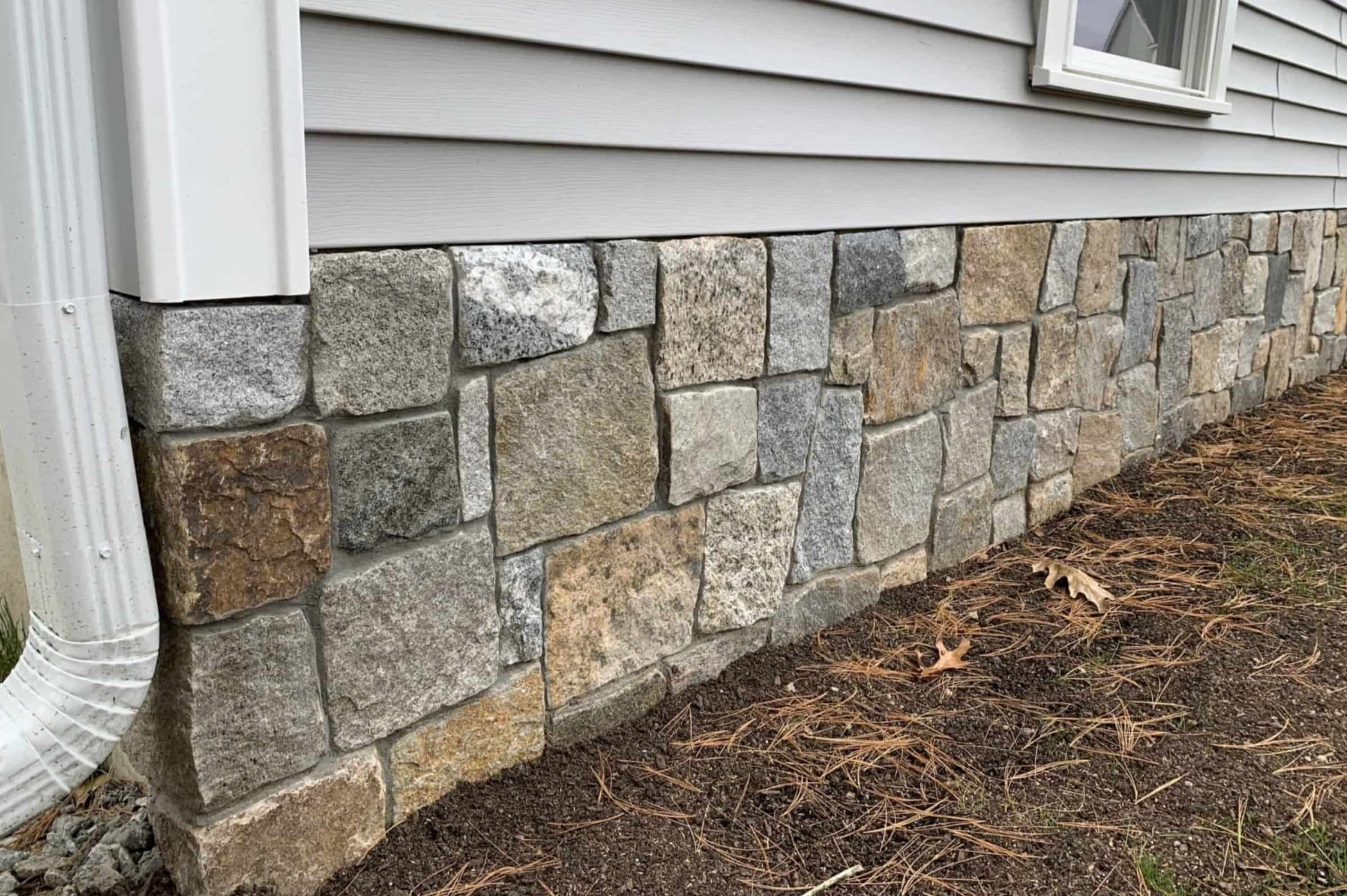
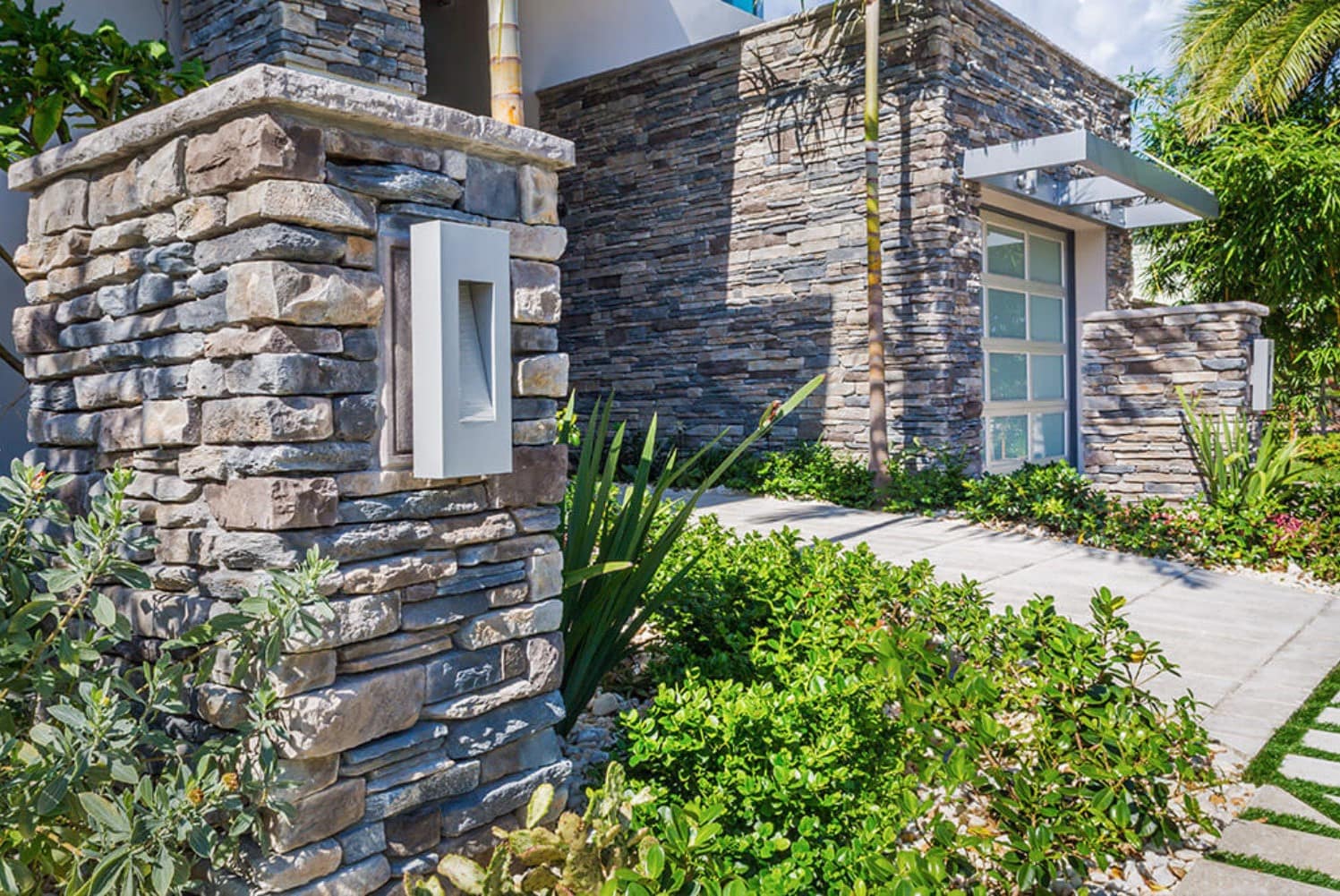
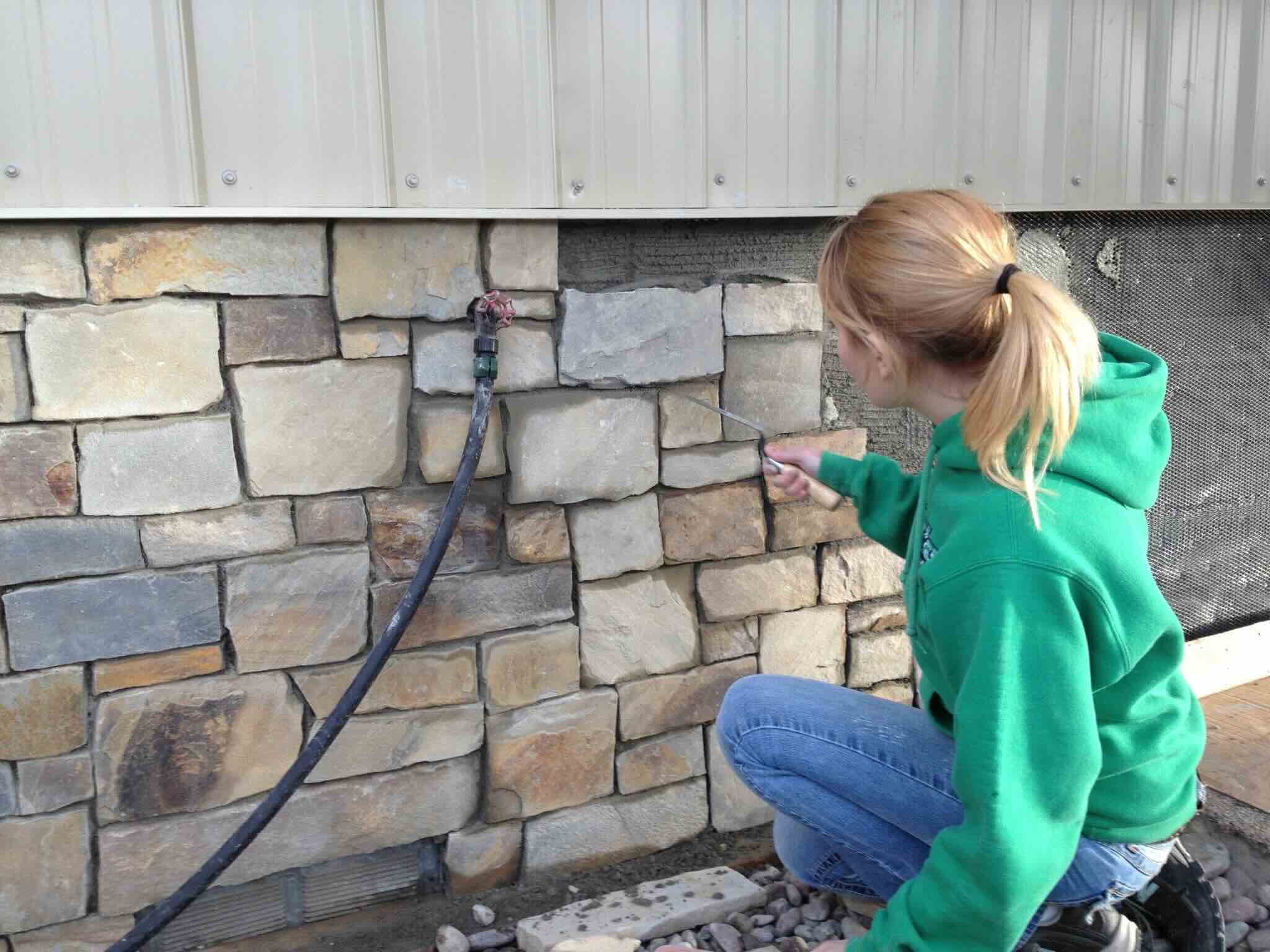
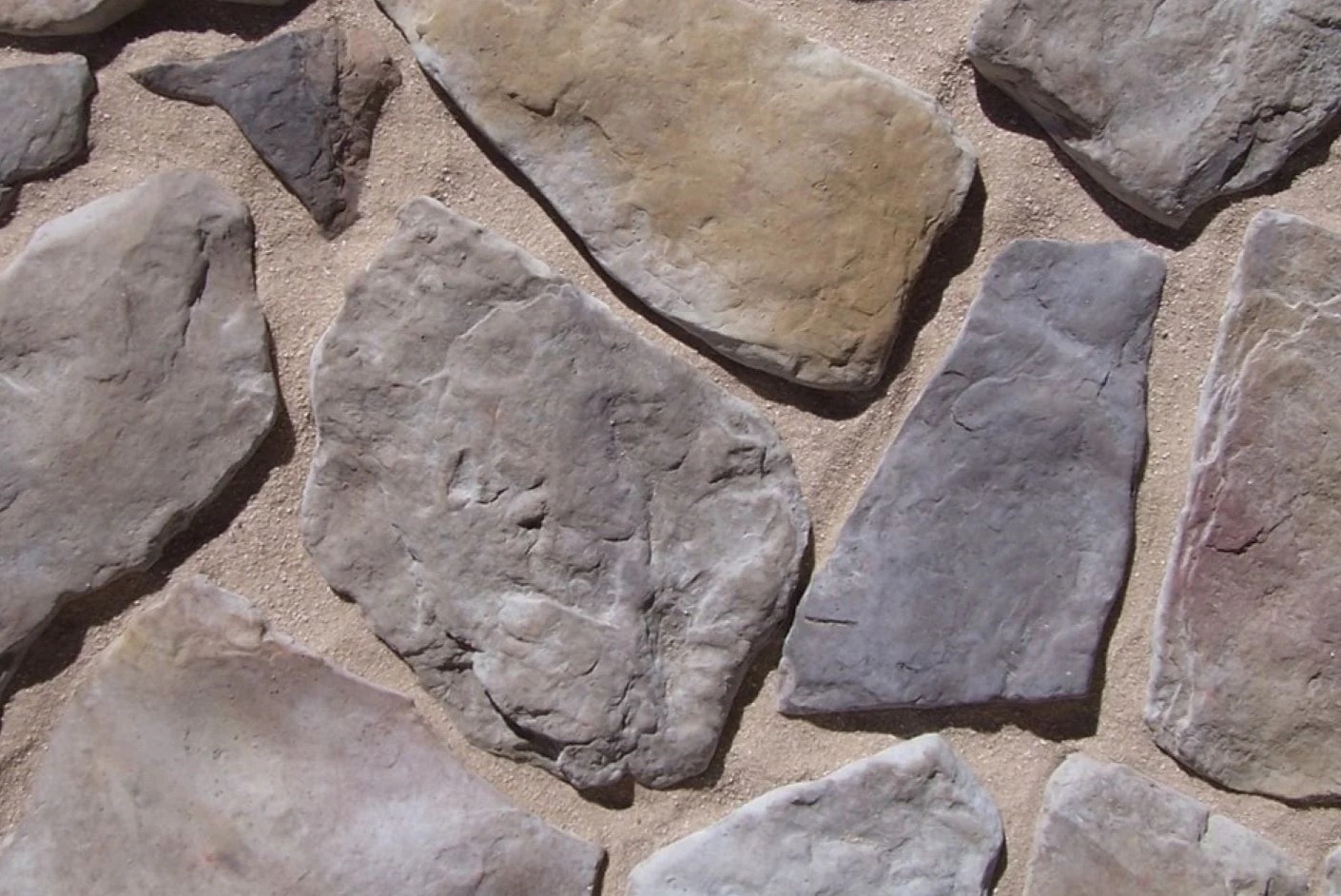

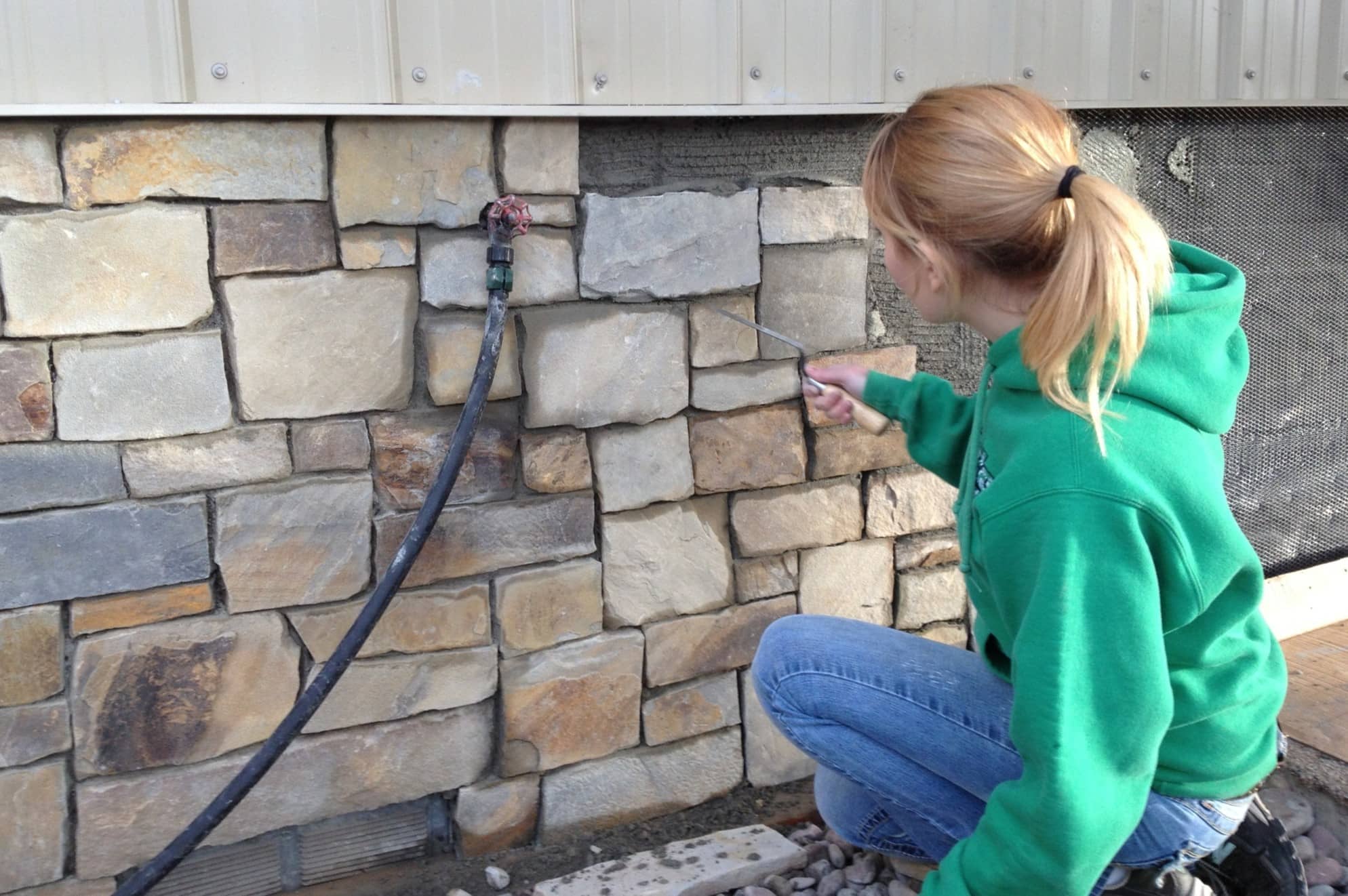
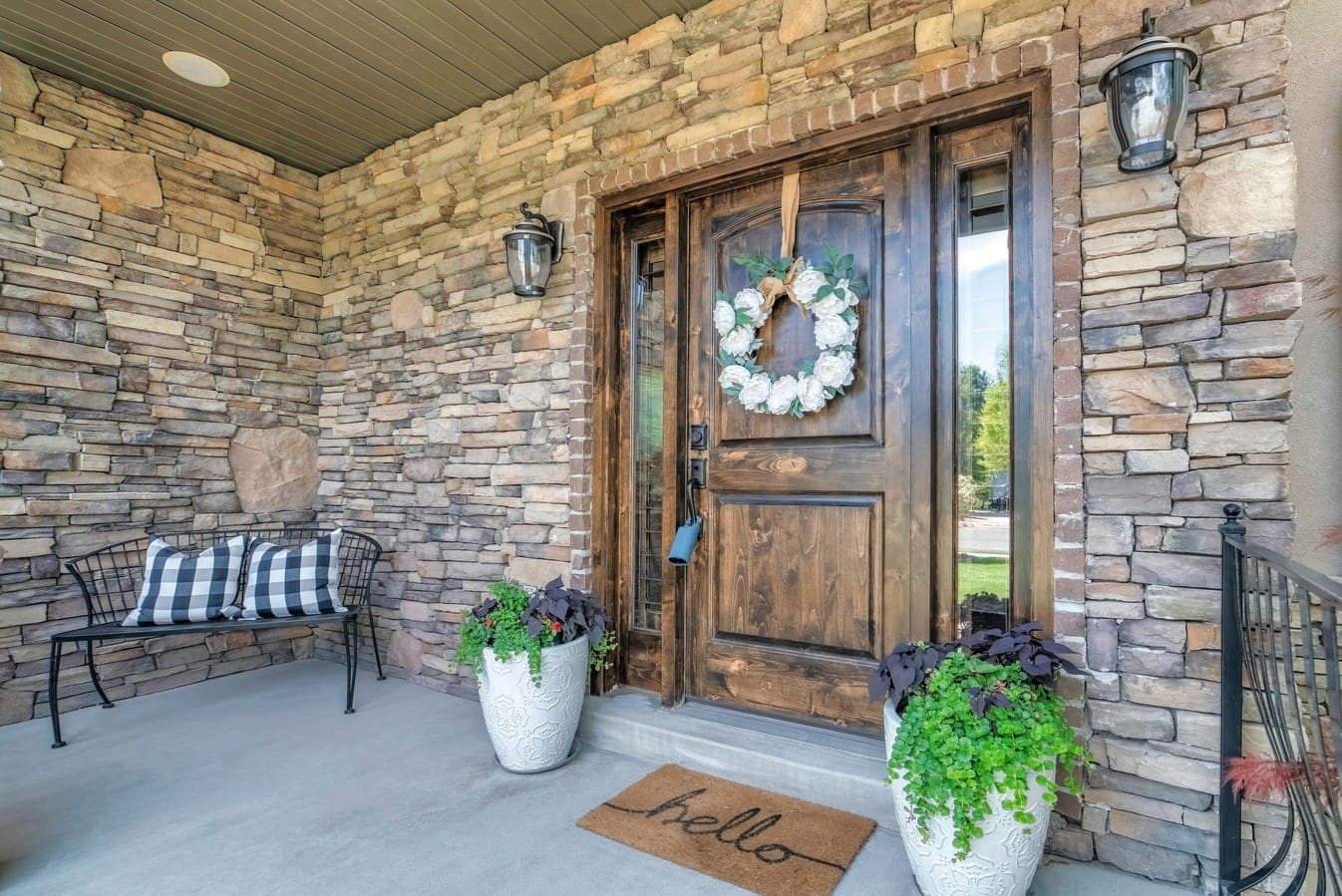
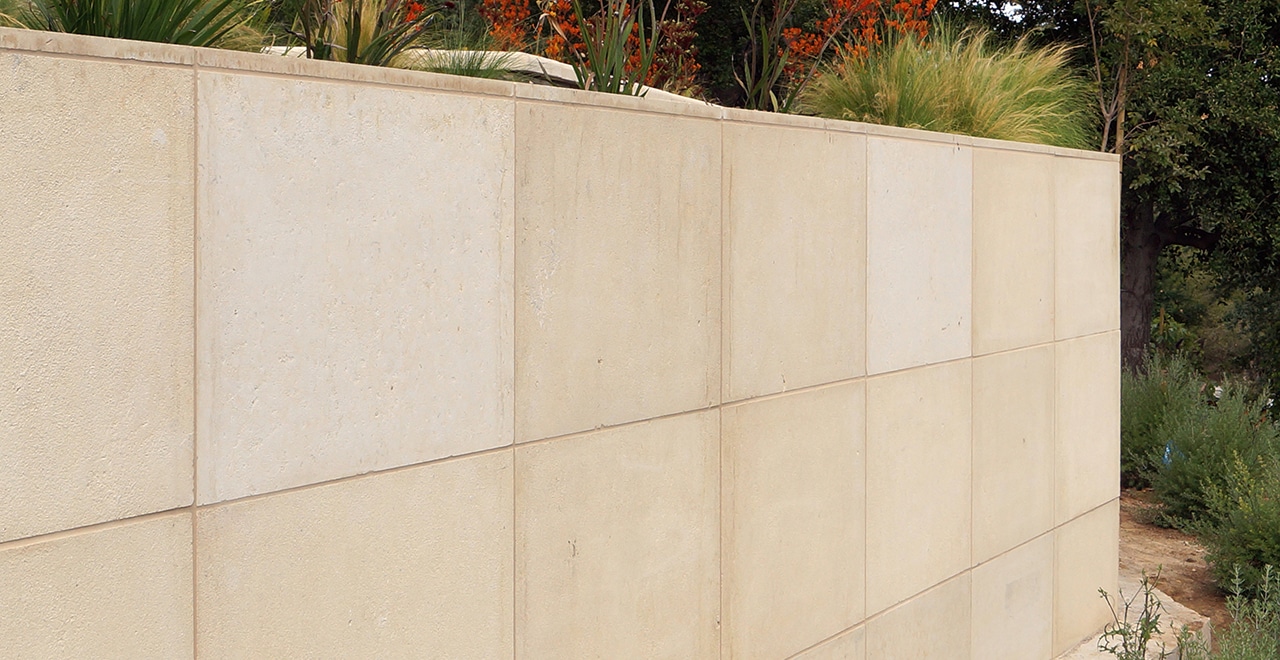
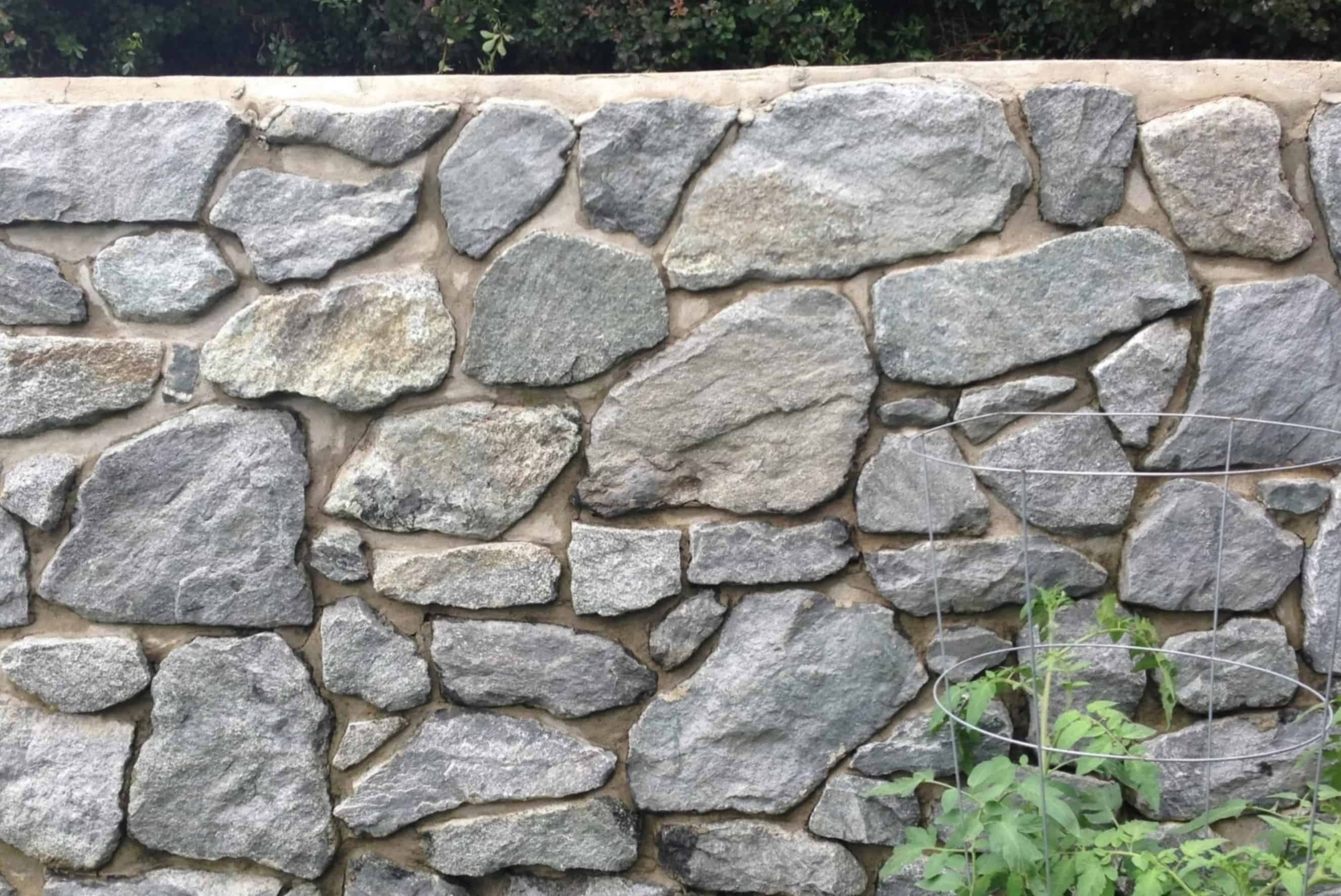
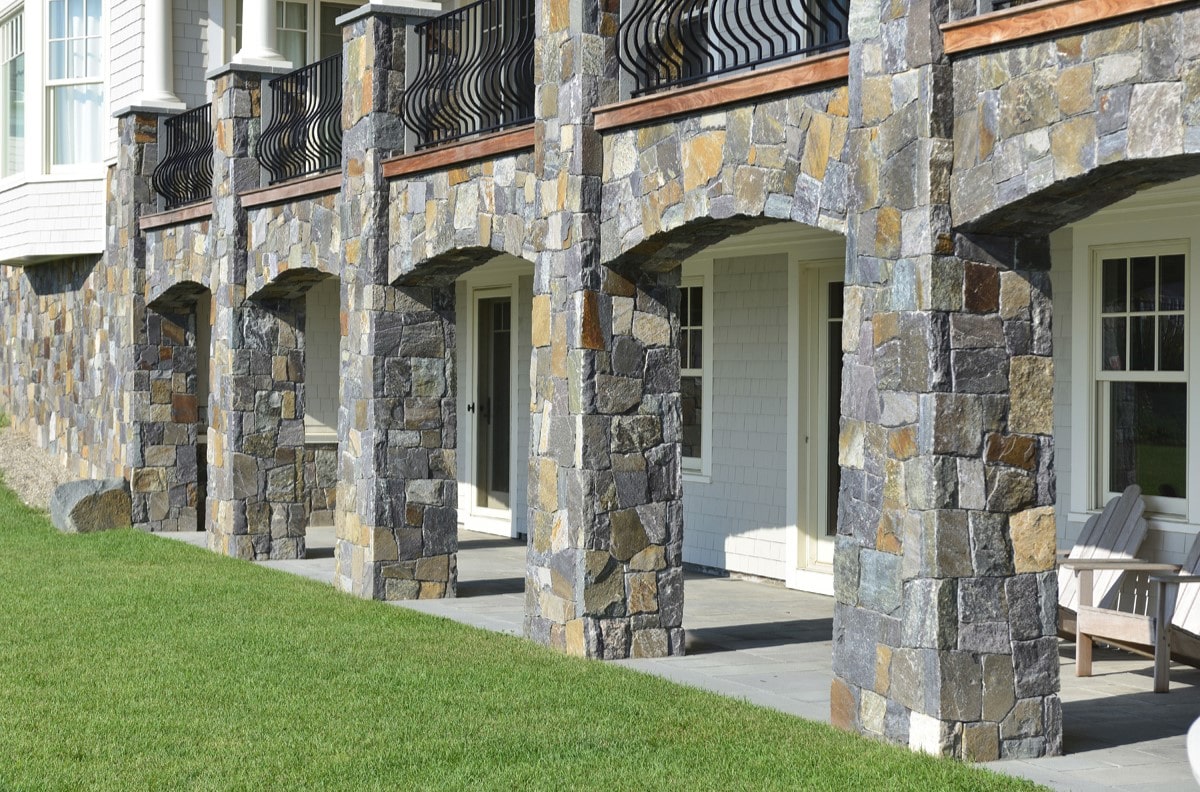
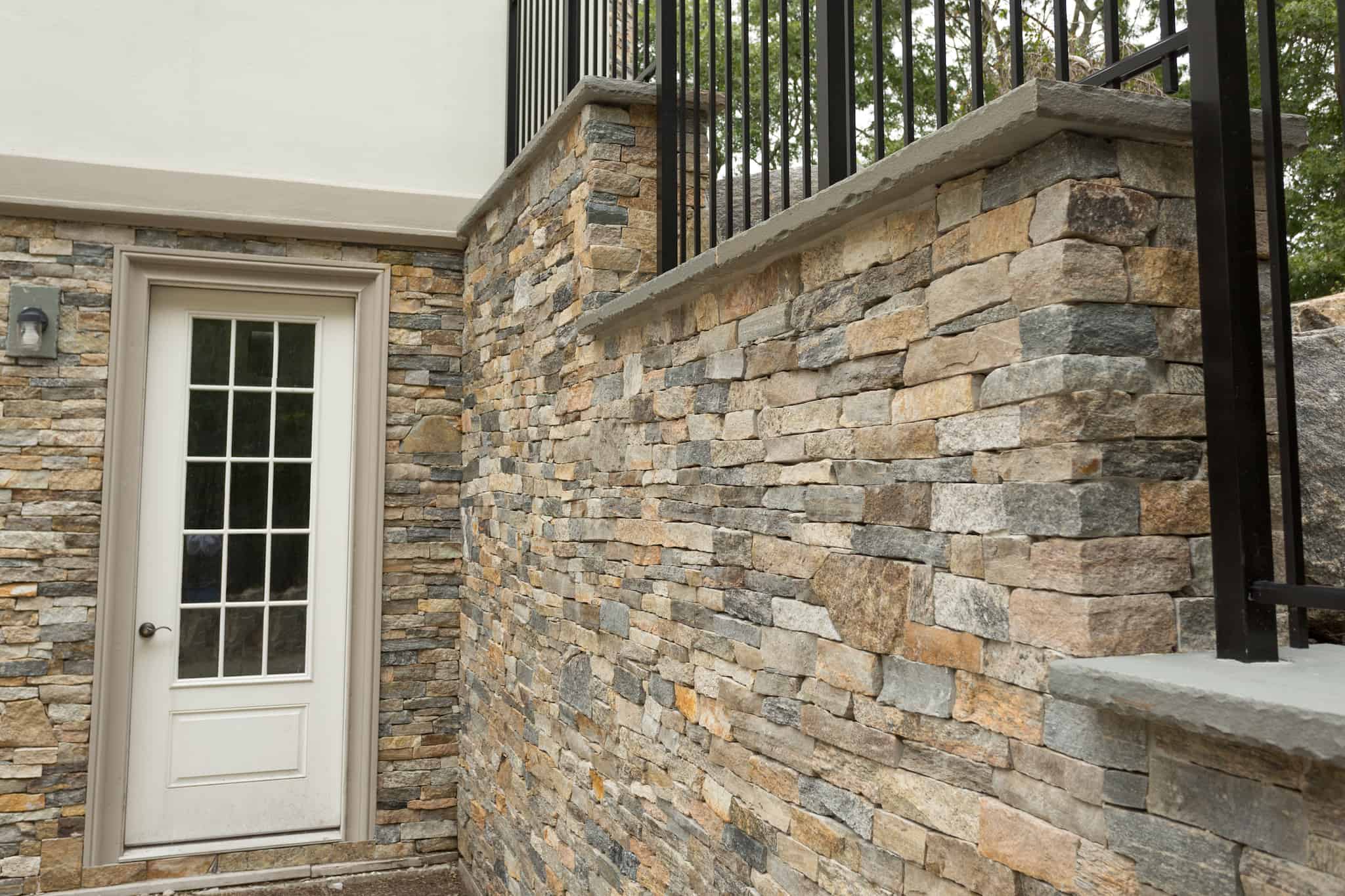
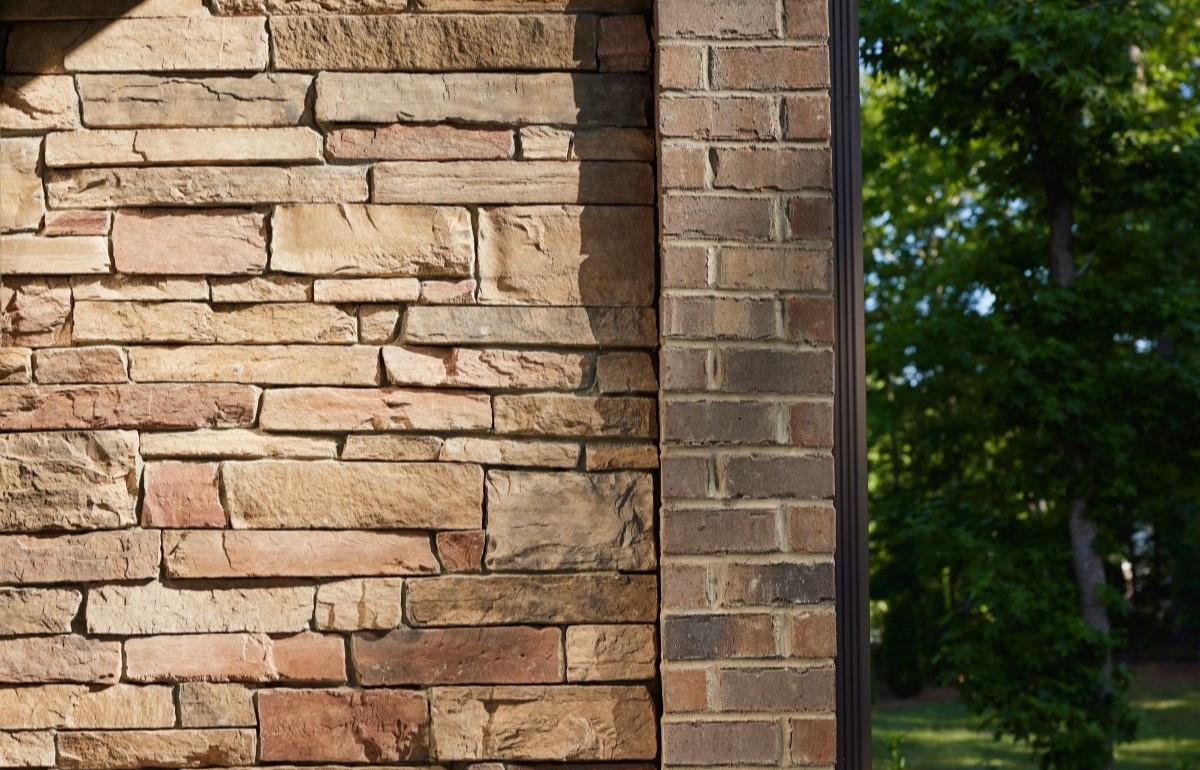

0 thoughts on “How To Install Stone Veneer Siding”